
How to Lead and Succeed with Owning Multiple Locations
Owning multiple locations is often the most exciting milestone for a restaurant or retail owner, but it also comes with unique challenges. This post is
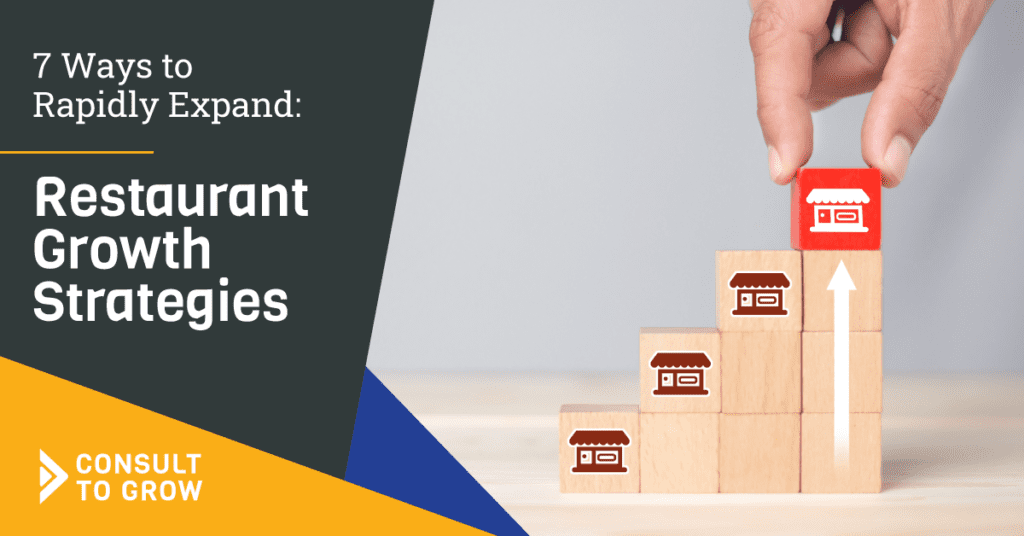
In any business, it’s crucial to strike a balance between perfecting your current operations and expanding your reach to increase profits, drive sales, and capture new audiences. This is especially true in the restaurant world, where it’s essential to stay agile and ahead of the curve in order for growth to happen. If your restaurant is ready to move onwards and upwards, it’s important to have a few key restaurant growth strategies in mind as you begin mapping out a robust plan to scale your restaurant operations.
Being strategic about expansion ensures you’ll be able to grow both rapidly and effectively. This means you can meet your goals while still maintaining your brand’s core values and commitment to excellence.
Every restaurant is unique, and the possibilities for expansion are seemingly endless—there’s no one-size-fits-all approach! Whether expansion is in the immediate future or down the line, take a look at seven restaurant growth strategies that can help your business reach its full potential:
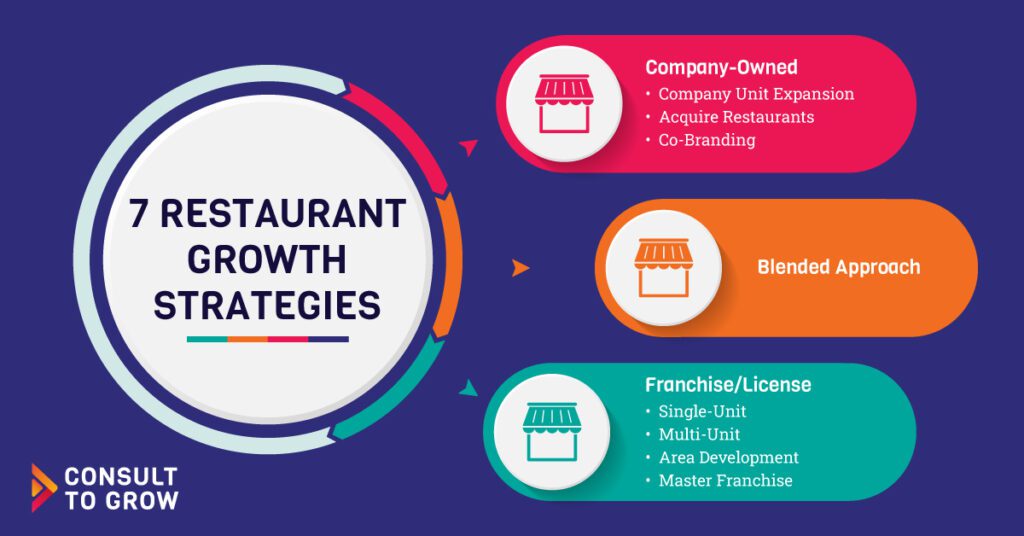
Many times the best opportunity for expansion is actually within your own company. Expanding by adding new, company-owned restaurants can be a logical and lucrative option for those who want to increase profits without loosening their hold on the reins.
However, it’s worth noting that maintaining total control comes with the trade-off of assuming all operational and capital risks. Growing through company-owned restaurants is more expensive, requires more capital, and is typically a slower way to grow as well.
For corporate groups that require significant back-end support, this strategy also requires beefing up staff in the corporate office to include more team members that can manage things like HR, training, and operational issues.
If you currently operate 1-2 restaurants, Consult to Grow recommends you own and exceptionally operate several company locations before pursuing any other growth strategies
If you’re looking for a rapid expansion plan with fewer barriers to entry, purchasing a regional chain and converting it to your brand can be a great option. Think of it this way: your company still gets to add a location, but the restaurant’s foundation has already been laid, and you won’t run into many of the problems that come from starting from scratch.
As with most restaurant growth strategies, taking an acquisition-forward approach has downsides such as mixed financial returns, integration issues, and of course, a hefty price tag. It’s also crucial to ensure that the process of absorbing a new location and brand doesn’t act as a distraction from your company’s original goals.
Joining forces with another brand works well when you’re looking for expansion without sky-high upfront costs. By co-branding products into existing foodservice operations, you can increase brand awareness, increase your audience, and drive profits—without having to shoulder the expenses of physical expansion.
Choosing the right brands to work with is essential to this restaurant growth strategy’s success because your co-brand’s reputation becomes your reputation. Since co-branding requires such a high level of communication and collaboration, keeping relationship management a top priority is also crucial.
Using franchising as a restaurant growth strategy enables you to duplicate your brand while taking on fewer financial and management risks. Plus, franchising provides additional sources of capital, which can be used to tackle other growth and development projects.
When done correctly, franchising is a smart restaurant growth strategy that allows your brand to broaden its reach, while also passing on some of the associated responsibilities to a franchisee. In return, they’ll benefit from your help organizing, training, merchandising, marketing, and managing. Learn more about whether franchising your restaurant makes sense for your brand.
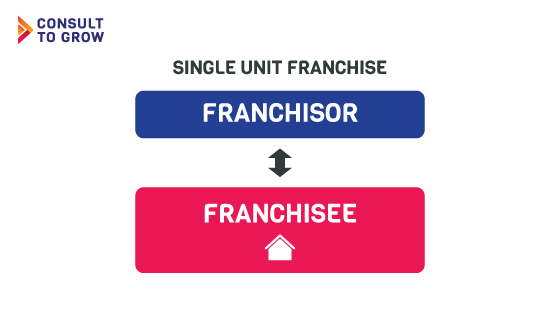
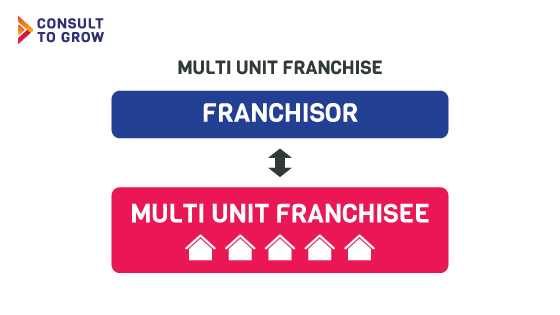
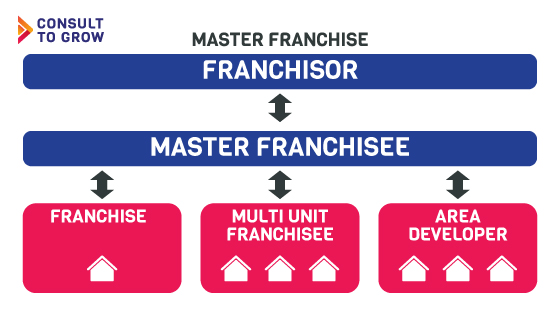
There are several advantages to this expansion strategy including the opportunity to gain helpful capital, the chance to work with motivated business partners, and minimized growth risk for your brand. Single-unit franchisees often use their retirement funds or savings to open restaurants (and may lack franchising experience), so the relationship will probably require more involvement on the franchisor’s end, and growth tends to be slower than other types of franchising. All in all, single-unit franchising can be a wise move for owners who want to ease their way into brand expansion.
Multi-unit (MU) franchisees tend to be professional developers who already know the ropes when it comes to operating a franchise. They also have the advantage of being able to bring more resources—and capital—to the table.
Though working with a MU franchisee can be smart for businesses who want to seriously expand their brand beyond their immediate vicinity, there are a limited number of MU franchisees in the marketplace. Since they operate via economies of scale, you’ll often encounter more pushback on your decisions as a franchisor.
Operating as a concessionaire means working in a unique location based on a grant from a local political entity. Your business will usually come from captured customers, which can be advantageous since it also means you won’t have as many competitors. Concessionaires can be either multi-national corporates, or small, regional businesses.
Generally speaking, this restaurant growth strategy should be supplemental to other expansion methods, since the red tape involved makes the process slow and time-consuming.
What works for one business model might be completely wrong for another. As you look to the future, remember that your plan for expansion should be as unique as your restaurant.
If you’re in the process of scaling your business, reviewing strategic alternatives, articulating a growth strategy, or anything else relating to expanding your restaurant business, don’t hesitate to contact us at Consult to Grow®. We would love to be part of your restaurant journey!
If you’re scaling your business from a few locations to many, reviewing strategic alternatives, articulating a growth strategy, or anything else relating to strategically expanding your restaurant business, don’t hesitate to contact us at Consult to Grow®. We would love to be part of your restaurant journey! Ready to get started?

Owning multiple locations is often the most exciting milestone for a restaurant or retail owner, but it also comes with unique challenges. This post is

Is the weight of leadership or ownership pressing down on you? Do you wake up each day drained, overwhelmed, and uninspired? Maybe you are struggling
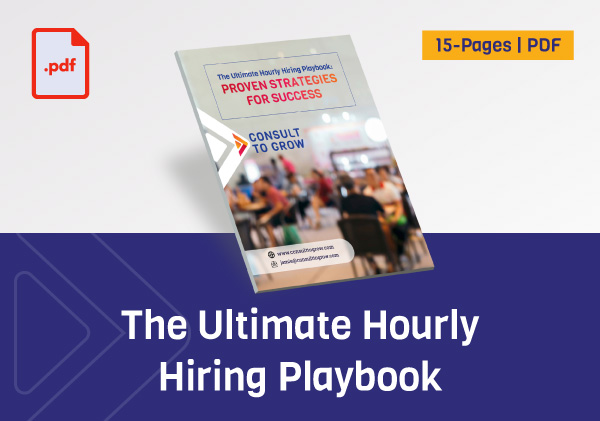
“The Ultimate Hourly Hiring Playbook” is designed for the dynamic demands of the service industry. This comprehensive guide is your essential resource for refining your